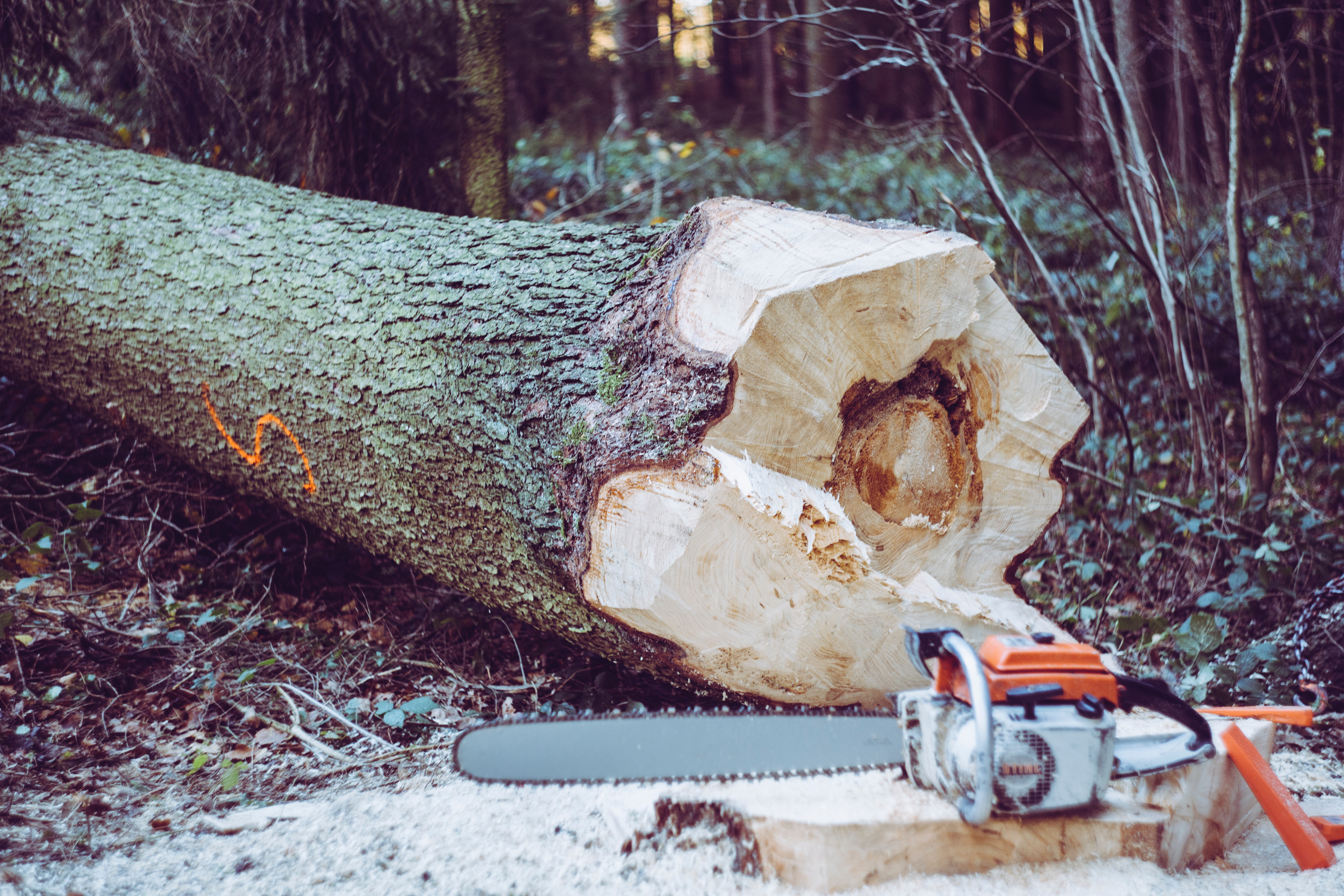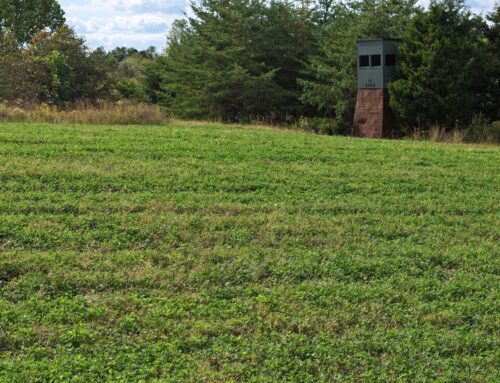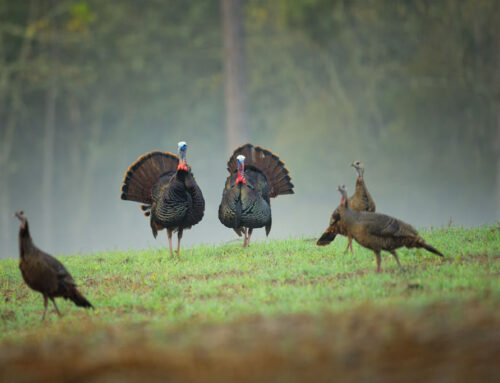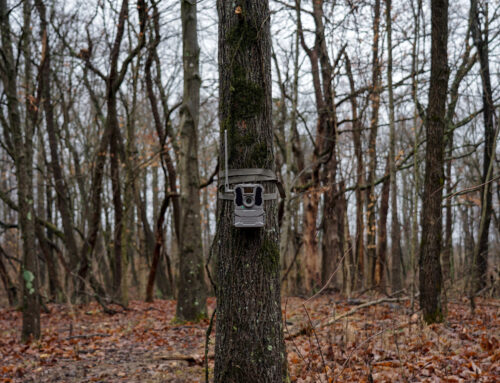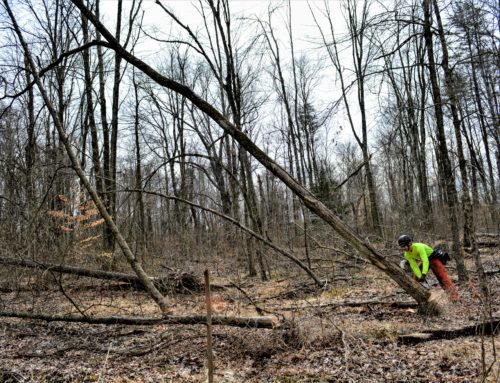Tips for Selling Your Timber
Selling your timber is an important financial venture and decision which can dramatically impact the health and productivity of your timber stand. When conducted correctly, a timber harvest can positively impact wildlife and result in an increase in the potential of the woodland to produce future crops of valuable timber.
The goal of this article is to provide tips and the knowledge we feel is important to know before considering selling your timber. Adhering to these tips, as well as fundamental forest management concepts, allows your timberland to remain in continual good health to produce valuable natural resources in the future as well as ensure you receive fair value for your timber.
What to know before selling your timber
Timber values vary greatly and many factors can influence these values. The value of your timber is heavily dependent on the species being harvested and the quality of the individual tree. A high-quality, desirable species can be very valuable, however, a low-quality individual of the same species can have very little monetary value. Available access to your property can also have an effect on the perceived value of your timber.
Unlike with other agricultural commodities, there is no source of quoted prices on a given date. Timber is not a widely traded commodity, therefore timber values are continually changing. Each timber sale stands alone and harvested timber is sold on a spot market. The only good way of accessing the value of your standing timber at any given time is to contact a forester to conduct an inventory. When an inventory is conducted, foresters use current market price estimates to evaluate the overall value of your standing timber.
Tips for getting the most out of your harvest
1. Know exactly what you are selling and have an idea of what it is worth.
Have a professional forester inventory your woodland and mark the timber being sold for harvest. By marking timber for harvest, certain trees can be removed to benefit the overall health and productivity of the remaining standing timber and be used to meet various management objectives. Also, by having your timber marked, you’ll know exactly what you’re selling as the forester will take careful note of the species, quality, and volume of these marked trees while also assigning them a monetary value. Prospective timber buyers should be provided with a listing of board volumes by species in a sale announcement.
2. Sell your timber using a sealed bid sale and establish a minimum acceptable bid.
Bid sales for timber are usually the best strategy. When selling commodities in a spot market, you need a way to attract prospective buyers to each individual sale. This can be accomplished by putting timber up for a bid, which establishes the unique, fair market value of timber. A sealed bid sale offers the chance for the sellers to receive more than anticipated, as bidders offer what they are willing to spend with no idea with other bidders may be offering. It’s also a good idea to establish a minimum acceptable bid before advertising a sale to establish the lowest bid you are willing to accept.
3. Avoid “diameter limit cut” harvests.
You should be very cautious if you are offered a fixed amount from a buyer/logger for the right to cut and remove all trees above a certain diameter. It is hard to assess the value of timber being sold in this type of harvest and is unlikely to leave you with the standing timber necessary to maximize future financial returns as well as maximize the potential for high-quality wildlife habitat. Diameter limit cuts alter the overall dynamics of a woodland. The trees selected for removal are usually found in the overstory, and consist of species such as oak and hickory, leaving you with understory and mid-story dominated species, such as maple and beech, which are lower in value in terms of wildlife use as well as monetary value. We suggest you avoid these type of harvests at all times.
4. Always have a written contract.
Having a written contract helps to prevent misunderstandings and clearly defines the details, commitments, and expectations for the timber sale and harvest. They also serve to provide you with security and peace of mind. If issues arise during the sale and/or active logging operations, your options to seek reparation or redress is severely limited without a signed contract. When using the services of a forester to sell your timber, foresters supply and employ the use of timber sale contracts.
5. Require compliance with Best Management Practices (BMP’s) for timber harvesting.
The Indiana Division of Forestry published a guidebook online outlining the adopted best management practices for timber harvesting in Indiana. By implementing these BMP’s, you increase your potential for achieving other forest health goals as well as protect water quality. These guidelines also consider work safety, aesthetics, and other forest productivity concerns.
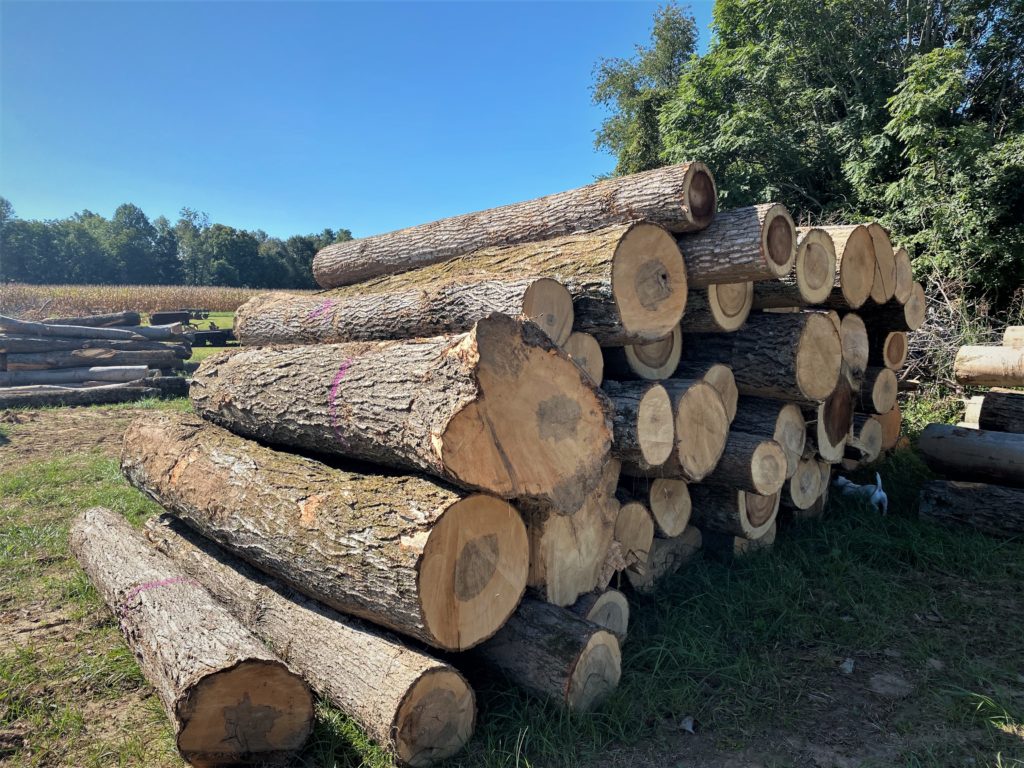
Consider selling your timber with us! Contact us to schedule a consultation.
Click here to access and fill out our contact form or call us directly at 260.668.9977.

